Editor's note: On the afternoon of August 19, in Beijing, under the witness of General Secretary and President To Lam and General Secretary and President of China Xi Jinping, the Ministry of Agriculture and Rural Development of Vietnam and the General Administration of Customs of China (GACC) signed a Protocol allowing the export of frozen durian from Vietnam to China. This is a great opportunity to increase the export value of Vietnamese durian, promote sustainable development of this industry, and open up opportunities for durian farmers to get rich.
With this important Protocol and the previous official export of fresh durian in 2022, Vietnam is completely confident in making further progress for the durian industry, which is to build a global brand for the king fruit worth tens of billions of USD.

People in Ea Kenh commune, Krong Pak district ( Dak Lak province) harvest durian in the 2024 crop. Photo: MH
Lesson 1: Heat from the durian growing region of the Central Highlands
In the durian "capital" of the Central Highlands, from farmers to cooperatives and businesses, everyone expressed their joy at the "hot" news that China agreed to officially import frozen durian from Vietnam.
From here, Vietnamese durian products, including frozen durian products, can be sold to the billion-people market at any time of the year, penetrating deeper into the vast Chinese mainland...
Official export of frozen durian: Farmers and businesses have long awaited
Sharing his joy with Dan Viet reporter, Mr. Phan Van Duoc (52 years old, Phuoc Trung village, Phuoc Loc commune, Da Huoai district, Lam Dong province) said that he has been making packaged frozen durian for decades.
However, Mr. Duoc's frozen durian products are still mainly sold in the domestic market. After hearing the news that Vietnam's frozen durian can be officially exported to China, Mr. Duoc was very happy, because from now on he will have the opportunity to expand production and increase the value of growing and processing durian.
"If trade can be established, it will be very good for the production and trading units of frozen durian in Vietnam. In the long term, this is very good because if there is any problem with the consumption of fresh durian, we can peel the segments, process the durian fruit to freeze and then export.
From durian fruit, we have many ways to process it such as peeling segments and freezing them, making various ingredients, thereby diversifying our export products" - Mr. Duoc shared.
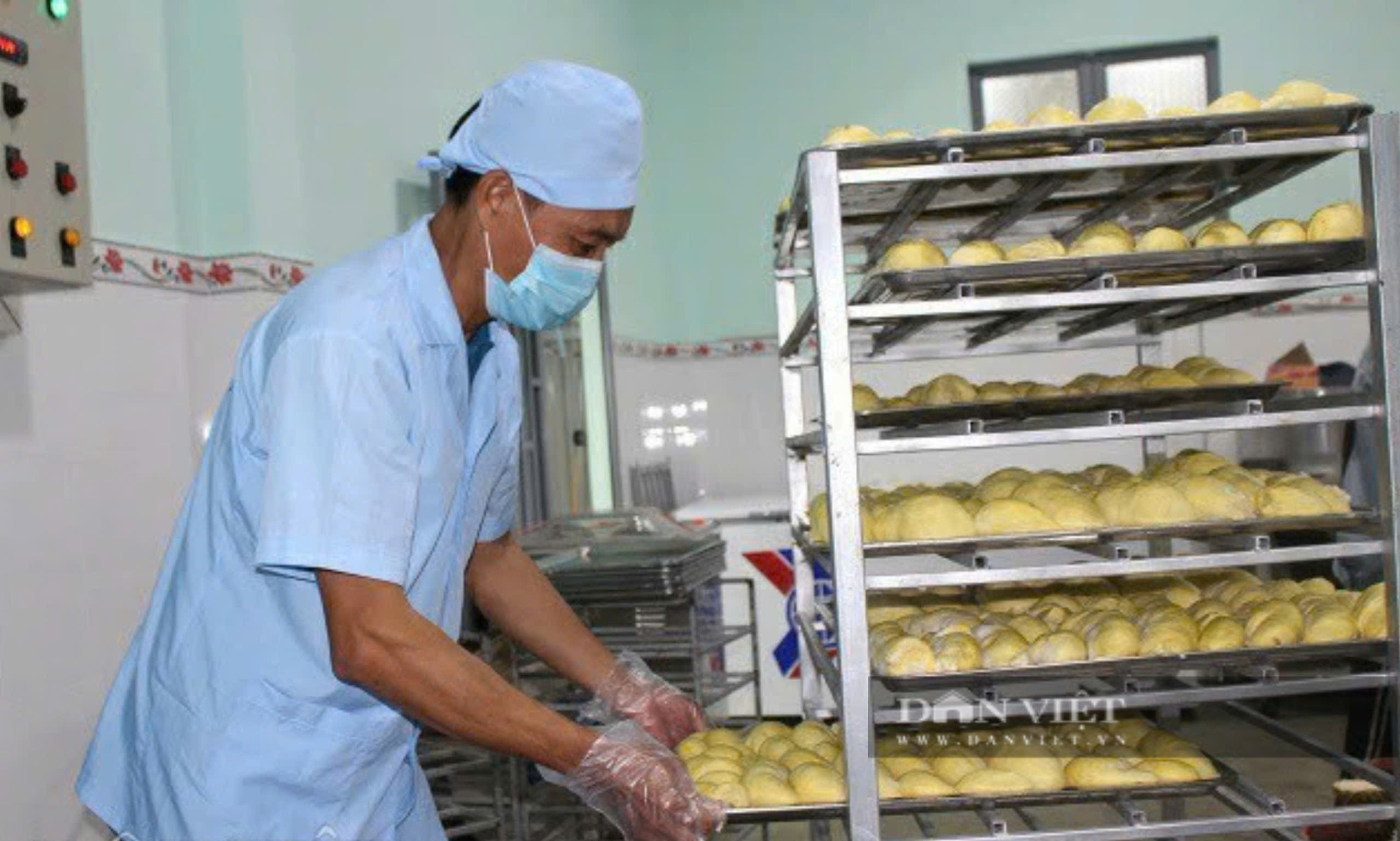
Mr. Phan Van Duoc is one of the pioneers in Lam Dong to freeze durian (frozen durian) to supply the market.
However, to export frozen durian officially, the first requirement is that the enterprise must have a packaging code. Meanwhile, currently many enterprises do not have a growing area code, but must link up with other farmers, enterprises, and cooperatives that have growing area codes in order to be able to export.
"Therefore, to have goods for export, businesses must strengthen their links with farmers and cooperatives. Only with long-term cooperation can they compete and sustain," Mr. Duoc shared.
The old farmer from Lam Dong also hopes that after the Protocol is signed, the authorities will soon have specific instructions for businesses, cooperatives, and farms on the standards, techniques, and quality of durian to ensure compliance with Chinese regulations when exporting. From there, each gardener will have a direction to produce and care for durian according to the set standards.
Mr. Phan Van Duoc is one of the farmers voted by the Central Farmers' Association as an Outstanding Vietnamese Farmer in 2019.
He is currently the Director of the Da Huoai Agricultural Production and Processing Cooperative with the Minh Hoang Khoi durian brand. Mr. Duoc's cooperative is also the leading unit in freezing durian in Da Huoai for proactive consumption. Every year, Mr. Duoc's cooperative sells dozens of tons of frozen durian to the market.
Sharing the same excited mood, talking to PV Dan Viet, Mr. Trinh Dinh Duc, born in 1972, Deputy General Director of Duc Hue Lam Dong Company Limited (Bao Loc City, Lam Dong Province) said that in recent days, many friends and customers have sent messages to congratulate him and the company on the signing of the Protocol on the official export of frozen durian between Vietnam and China.
"This is something our business has long been looking forward to. With durian gardens cultivated according to the correct process, normally only about 60% of the fruits reach the size and appearance to be exported as fresh fruit, the rest are deformed, too big or too small and will have to be consumed domestically at a lower price, or separated into segments.
Therefore, when China allows the export of frozen durian, we can fully exploit all durians, increasing export output. Besides, during peak seasons when durians cannot be consumed in time, qualified fruits can be frozen whole with nitrogen gas, helping businesses proactively source goods to export at the end of the season" - Mr. Duc shared.
According to Mr. Duc, this will bring great advantages to durian growing areas because currently, durian is also the highest quality fruit in Vietnam, with large output and delicious quality.
"The quality of frozen durian from Vietnam is not inferior to that of Thailand or Malaysia, with a sugar content of 28-34%, but for a long time we have had to export it in a "roundabout way". In fact, Thai businesses still go to Vietnam to buy durian to bring back to the country for processing, then they export it to China" - Mr. Duc revealed.
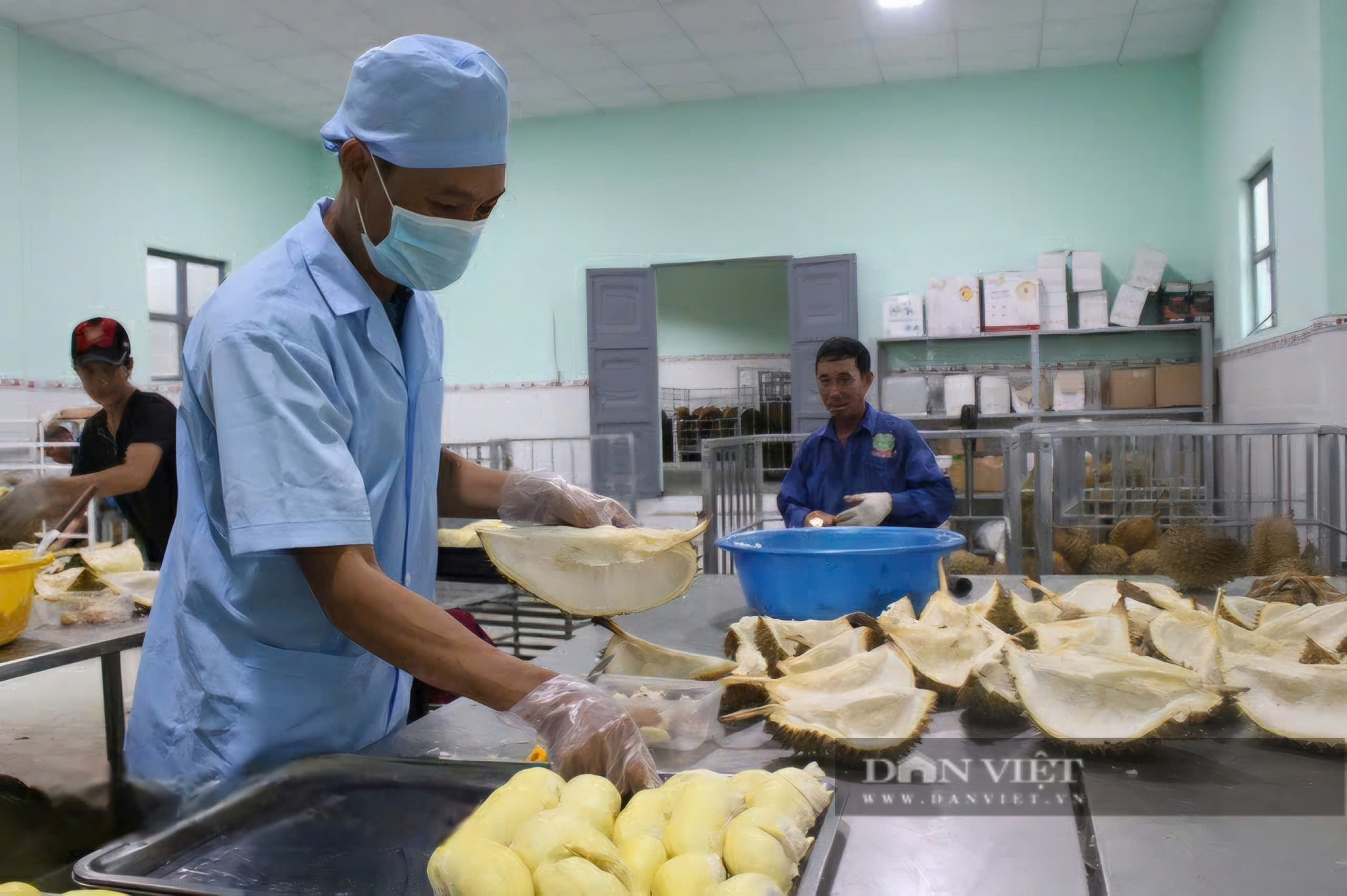
Every year, Mr. Duoc's cooperative in Phuoc Loc commune (Da Huoai district, Lam Dong province) supplies the market with dozens of tons of finished frozen durian.
Talking further with Dan Viet, Mr. Duc said that to peel 1 ton of durian segments, it takes 3-4 tons of durian fruit. 1 container of frozen durian segments (25-30 tons) will be equivalent to about 90-100 tons of fruit. This helps businesses reduce transportation costs and reduce the risk of pests and diseases from durian peels.
Another advantage, according to Mr. Duc, split durian is usually divided into 4 types, type AB has large segments, beautiful yellow color, ripe enough, usually sold to eat directly; the rest are segments that are forced to ripen, burnt, low sugar or unripe, can be pureed to make ice cream or candy...
Thus, everything in the durian can be utilized and exported. Even the durian shell, if there is technology to grind it into small pieces to make bio-fertilizer, is also very good.
When we called to inquire, Mr. Duc was visiting the durian orchard to prepare for cutting. Mr. Duc said that the level of intensive durian cultivation of Vietnamese farmers is not as good as that of Thailand and Malaysia, because people grow mainly based on experience and word of mouth; the proportion of intercropping is high.
Some cooperatives and farms are also re-planning to focus on investment and applying VietGAP and GlobalGAP standards to improve durian quality and meet export market requirements.
What reassures Mr. Duc is that durian farmers actively cooperate with businesses, ensuring proper care and no residue of pesticides not listed.
Currently, Duc Hue Lam Dong Company Limited has a raw material area of more than 300 hectares. This is also the raw material area chosen by the Chinese Customs and Vietnamese authorities for direct inspection. The average yield of 1 hectare is 25-30 tons/crop.
Mr. Duc said that the company is buying durian from gardeners at prices ranging from 60,000 to 70,000 VND/kg, of which about 50% of the output is exported fresh fruit, the rest is used for processing, separating segments and freezing. Last year, Duc Hue Company exported 4,000 tons of fresh durian.

To date, Lam Dong province has a total durian output of nearly 124,000 tons.
"Durian capital" Dak Lak in season, workers have to work overtime
Meanwhile, the second largest durian growing region in the country, Dak Lak, is also in the harvest season, and the seasonal atmosphere here seems to be "hotter" than ever.
Along with the "official" frozen durian entering China, Dak Lak province is also preparing to organize the second Krong Pac Durian Festival in 2024 in Buon Ma Thuot City. Gardeners, farms, cooperatives and businesses here are ready to welcome tourists to visit the gardens and participate in the competition of good durian farmers...
Talking to Dan Viet reporter, Ms. Nguyen Thi Thanh Thao, Tan Bac village, Ea Kenh commune, Krong Pak district (Outstanding Vietnamese Farmer of 2022) said that Dak Lak durian is in its peak season, so Chinese traders are coming to the garden to buy quite a lot. These days, she has to hire up to 50 workers to work hard from early morning until 10 pm.
Along with her family's 5-hectare durian garden that is producing high yields, Ms. Thao is also the owner of a famous durian purchasing warehouse in Krong Pak district. Therefore, every day, Ms. Thao is busy visiting the garden, working with workers to harvest durian, classify, and process orders.
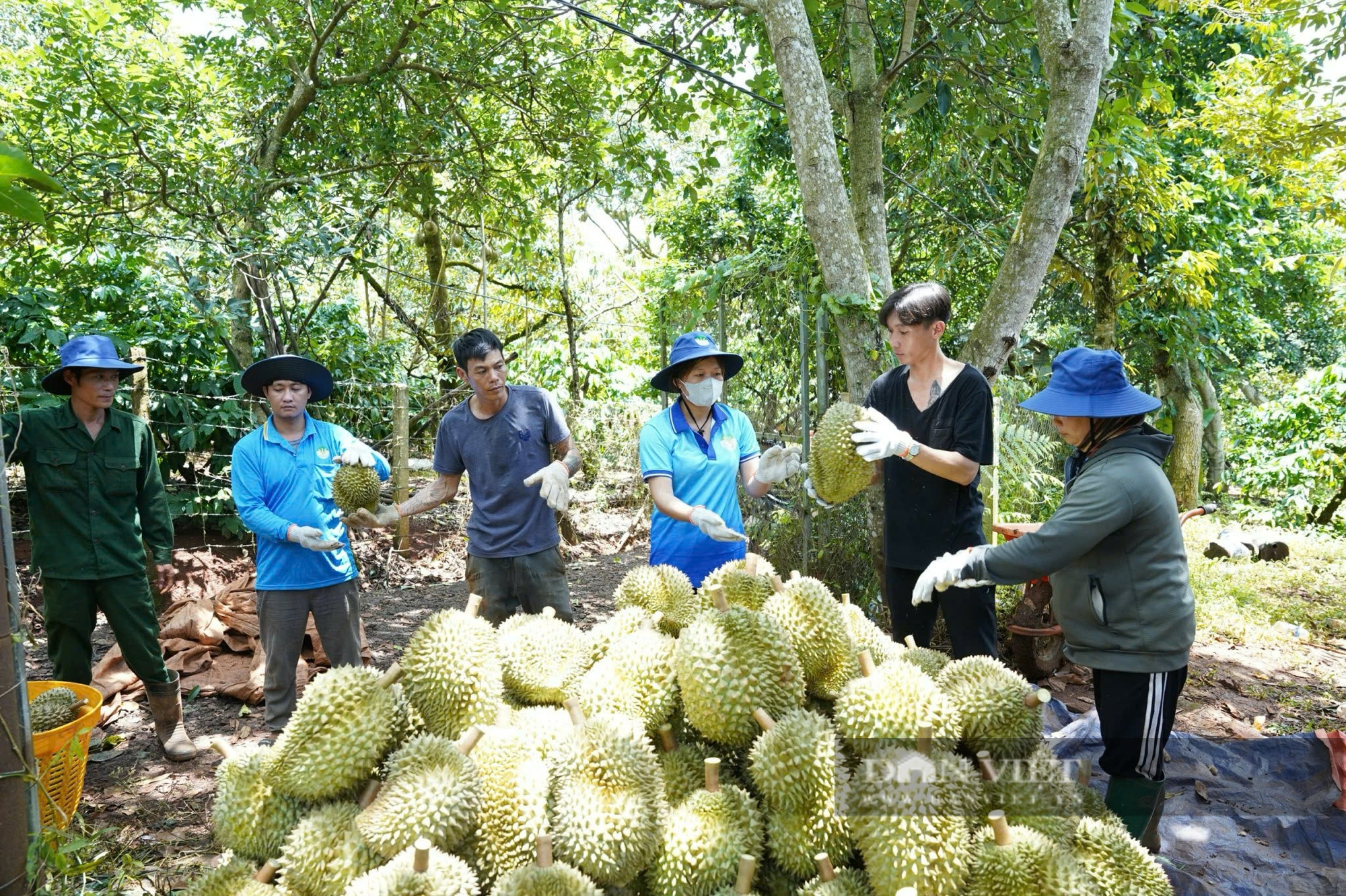
Workers are transporting durian to the warehouse at the 5-hectare durian garden of Ms. Nguyen Thi Thanh Thao, Ea Kenh commune, Krong Pak district (Dak Lak province). Photo: Thao Thanh
"Since the beginning of the season, I have purchased about 2,000 tons of fruit, half of which I sell fresh fruit to Chinese customers, the rest is frozen. The price of durian purchased at the garden ranges from 40,000 - 70,000 VND/kg, of which the average price of good fruit is 70,000 - 80,000 VND/kg. This price is lower than last year, but durian farmers still have high profits," Ms. Thao said happily.
Dak Lak durian is mainly high-quality varieties such as Dona and Monthong. Ms. Thao said that this year, most of the gardens had a good harvest and many fruits, but the unfavorable weather conditions occurred right when the durian was ripe, causing many gardens to have reduced quality, the color of the flesh was not yellow, and it was very hard. Compared to last year, the price of durian in the garden this year decreased by 20,000-30,000 VND/kg, but in return, the goods were easier to sell.
"This year, China is buying frozen durian through official channels, so people are very excited. Durian has become a commodity that is not afraid of being unsold or stuck, so farmers can rest assured to produce it. As long as the durian pulp meets standards, it can be exported, and the selling price will also be higher and more stable," said Ms. Thao.
In fact, every year, Ms. Thao still selects misshapen durians, separates the pulp, and freezes them for export, but has to take a detour to Thailand, which increases costs and lowers the selling price.
"In the past, farmers let the trees grow freely with the rain and sunshine, but in recent years the weather has been erratic, so people have had to find ways to take better care of their gardens, which costs more. Now, we can rest assured that we can grow durian. If the fruit is beautiful, it will be exported at a high price, but if it is not beautiful, it will still be sold. In the Central Highlands, durian gardens only need to sell for 30,000 VND/kg to be delicious," Ms. Thao happily shared with Dan Viet.
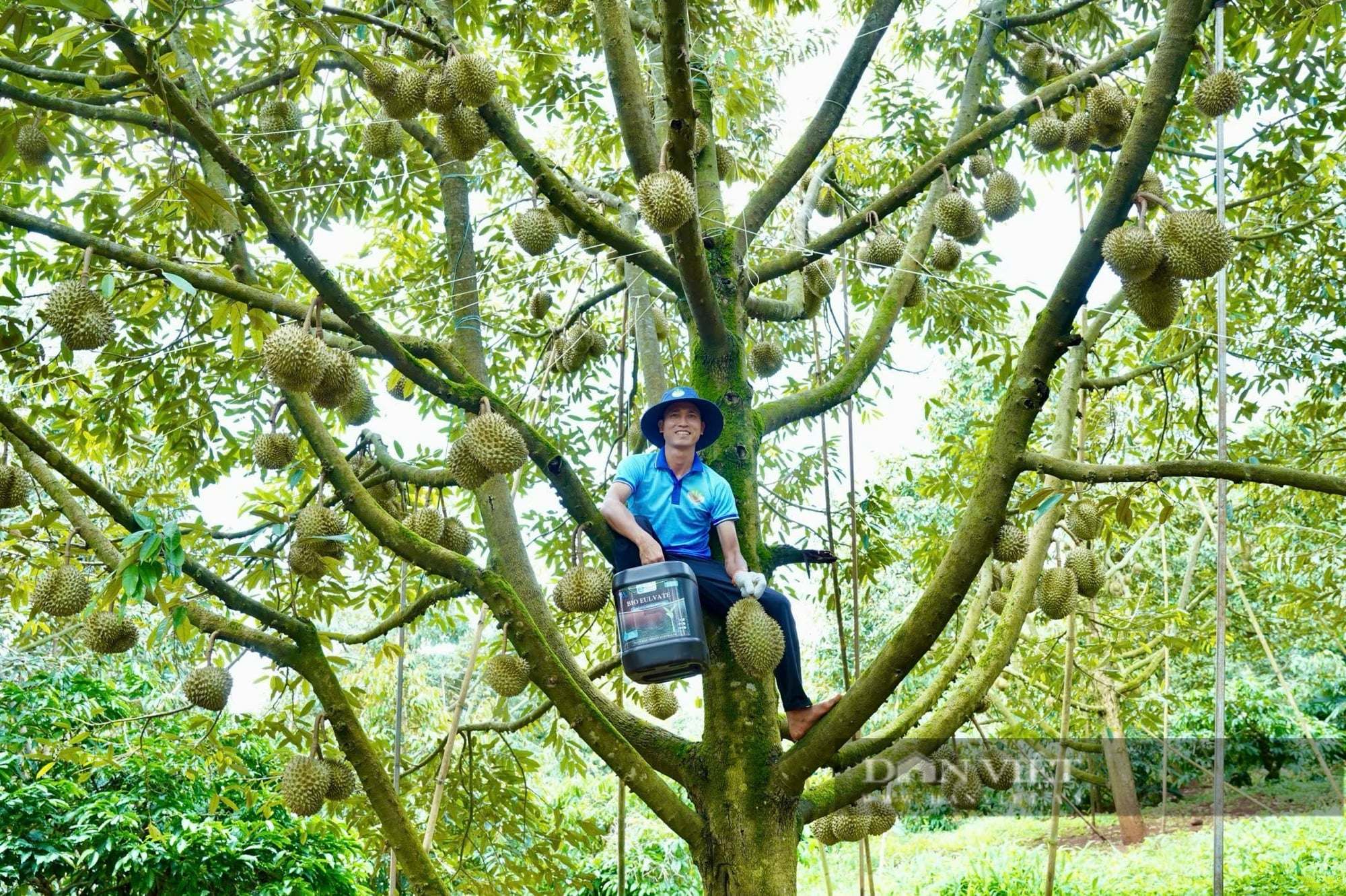
A multi-year-old durian tree laden with fruit in the garden of Ms. Nguyen Thi Thanh Thao, Ea Kenh commune, Krong Pak district (Dak Lak province). Photo: Thao Thanh
According to the Dak Lak Department of Cultivation and Plant Protection, the whole province has about 32,700 hectares of durian, of which 9,556 hectares are monoculture and more than 23,200 hectares are intercropped, with an output of more than 281,000 tons, ranking second in the country after Tien Giang province. In 2022, Dak Lak durian exports to the Chinese market reached a turnover of 11.7 million USD; in 2023, it increased to 160 million USD.
To date, Dak Lak province has granted 266 durian growing area codes with a total area of 7,292 hectares; of which 68 growing area codes (area of 2,521 hectares) have been approved by the General Administration of Customs of China and 198 growing areas (area of 4,771 hectares) are awaiting approval from China.
In addition to 23 packaging facilities that have been approved for codes, Dak Lak province has 10 fresh fruit packaging facilities waiting for approval from the General Administration of Customs of China and 16 frozen durian packaging facilities that have provided information for the Plant Protection Department to negotiate with the General Administration of Customs of China.
Currently, the "capital" of durian in the Central Highlands has 251 purchasing facilities, of which Krong Pac district has 101 facilities, Cu M'gar district has 64 facilities, Krong Buk district has 11 facilities, Buon Ho town has 10 facilities... In the area, there are 37 durian freezing facilities, concentrated in some districts such as Krong Pac, Cu M'gar, Buon Ho town, Buon Ma Thuot city... with a total capacity of 3,170 tons.
According to Ms. Ngo Thi Minh Trinh, Vice Chairman of the People's Committee of Krong Pac district, the durian trading situation this year is stable, there is no competition for buying and selling, and there are no durian brokers like last year. In addition, traders carefully select products to ensure standards right from the purchasing stage. Quality products will be bought by traders at high prices, while unqualified products will be bought at low prices.
Last year's durian season, due to the sudden increase in prices, led to a complicated situation of durian purchasing. Many people did not understand the actual situation, and rushed to build warehouses, but there were no tenants. There were even units that did not know much about durian, but still rented warehouses to buy goods, leading to losses.
"This year, that situation no longer exists, so many facilities have warehouse names but are not operating. Durian gardens that operate in a chaotic manner and are of poor quality, sold last year, so this year there will be no traders coming to buy," said Ms. Ngo Thi Minh Trinh at a recent press conference to inform about the 2nd Durian Festival.
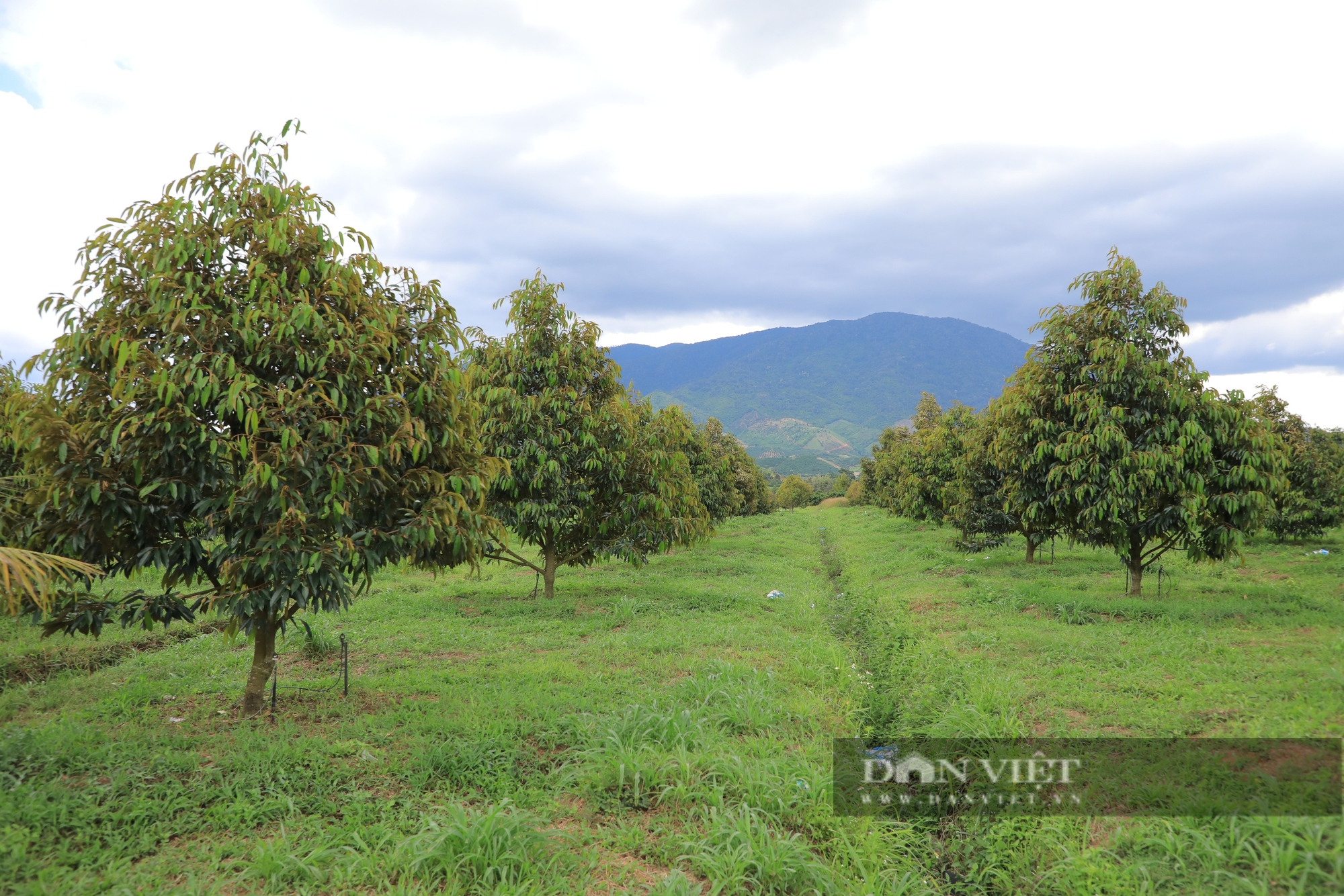
By the end of 2023, Lam Dong province will have more than 20,000 hectares of durian, of which more than 9,000 hectares are for commercial durian.
To prepare well for the export of frozen durian, Mr. Nguyen Van Ha - Deputy Director of the Department of Agriculture and Rural Development of Dak Lak said that the department has approached businesses and is ready to invest in frozen warehouses according to the standards and requirements of partners to export frozen durian in 2025.
"Dak Lak has a project to develop the durian industry sustainably until 2030. In which, the locality identifies key areas, restricted areas and areas where durian should not be grown to have a management direction. The locality also aims to improve the quality standards of durian exports, including controlling pesticide residues and heavy metals according to market requirements" - Mr. Ha informed.
Meanwhile, in an interview with Dan Viet, Mr. Nguyen Van Chau - Deputy Director of the Department of Agriculture and Rural Development of Lam Dong province (currently Secretary of the Dam Rong District Party Committee, Lam Dong province) commented that the Protocol allowing Vietnam's frozen durian to be officially exported to China will open up great opportunities for the durian production industry of Lam Dong province. In addition to exporting fresh fruit, the Protocol also solves many problems of the production industry.
According to statistics, in 2023, the total durian area in Lam Dong province will be more than 20,300 hectares. Of which, the pure planting area is more than 12,600 hectares with more than 9,100 hectares of commercial durian; the intercropping area is more than 7,700 hectares, 1,723 hectares in the business stage. The total durian output harvested in 2023 will reach 123,974 tons.
Mr. Chau also said that by 2023, Lam Dong province will have nearly 14,000 tons of fresh durian processed, peeled, and frozen (accounting for 11.2% of the total durian output of the province). This is still a rather modest number, so if frozen durian is officially exported, Lam Dong's processed durian output will increase.

Most durian growers were excited to hear that frozen durian could be officially exported to China.
According to the Department of Crop Production, the durian area of the whole country is currently about 151,000 hectares, distributed in the Central Highlands, Mekong Delta, Southeast, and South Central Coast regions; of which, the durian area of the Central Highlands is about 75,488 hectares, accounting for about 50% of the whole country's area.
Source: https://danviet.vn/mo-vang-sau-rieng-trai-cay-vua-cua-viet-nam-suc-nong-tu-thu-phu-trong-sau-rieng-tay-nguyen-20240822145809983.htm



![[Photo] Dan Mountain Ginseng, a precious gift from nature to Kinh Bac land](/_next/image?url=https%3A%2F%2Fvphoto.vietnam.vn%2Fthumb%2F1200x675%2Fvietnam%2Fresource%2FIMAGE%2F2025%2F11%2F30%2F1764493588163_ndo_br_anh-longform-jpg.webp&w=3840&q=75)




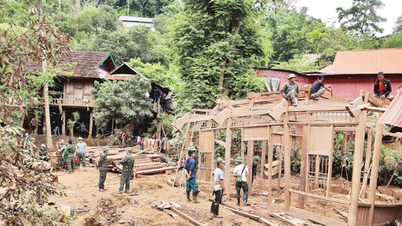

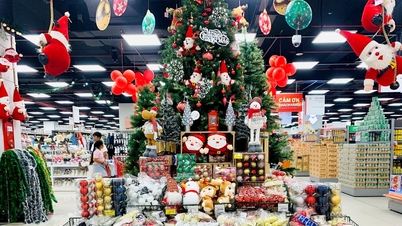




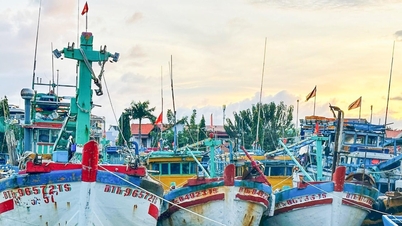
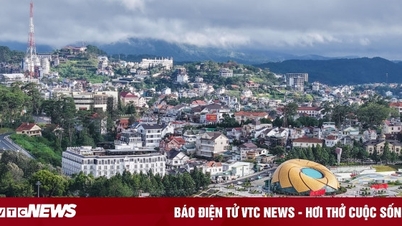

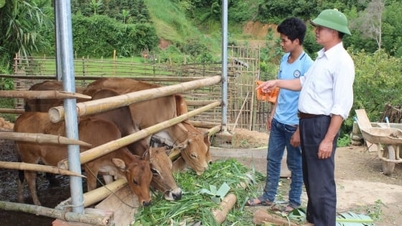


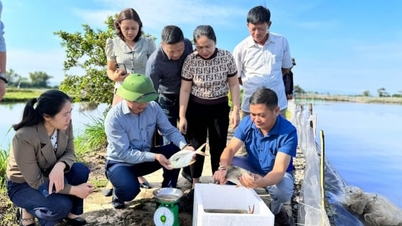
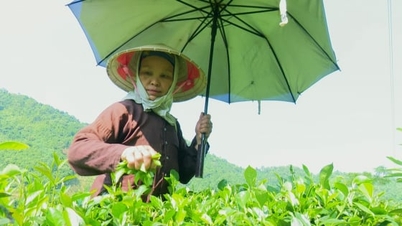
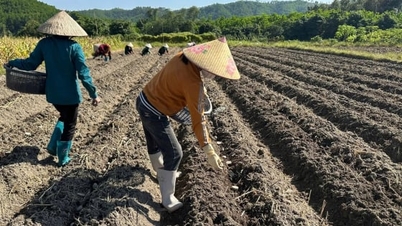
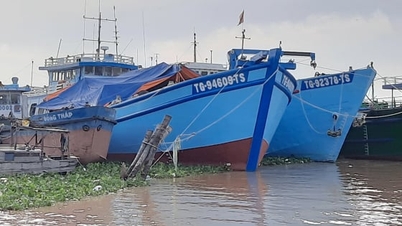
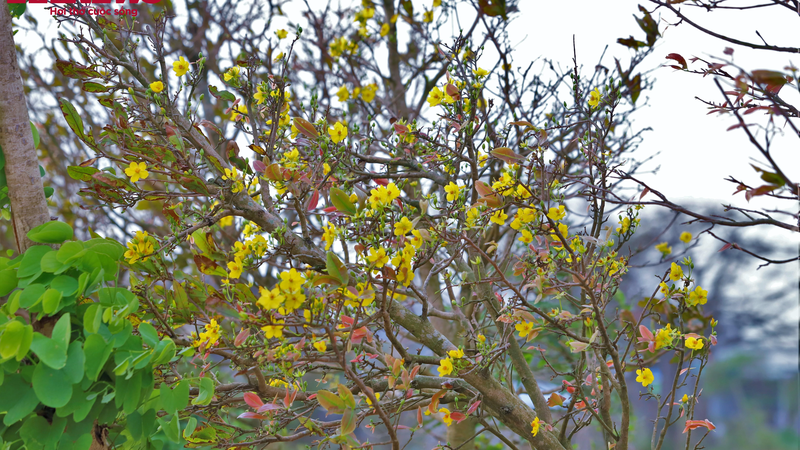





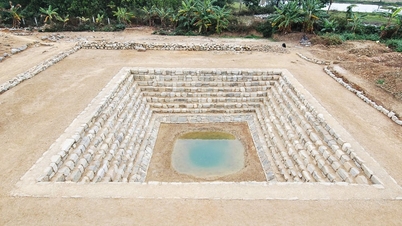
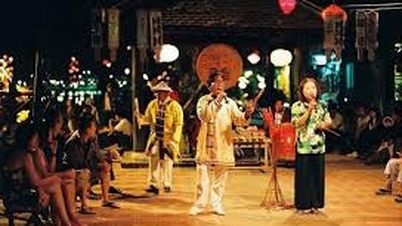



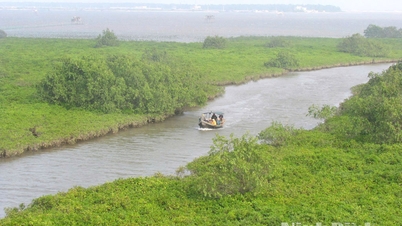

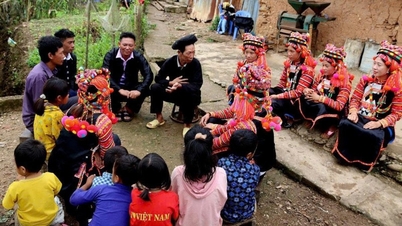





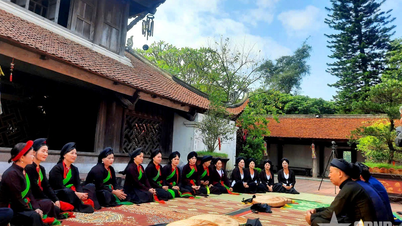









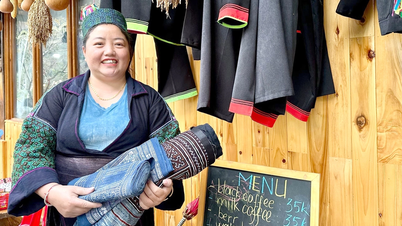




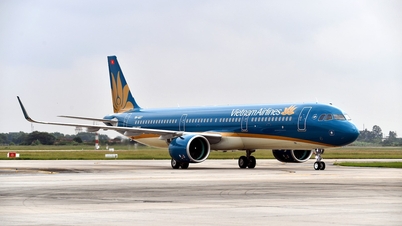




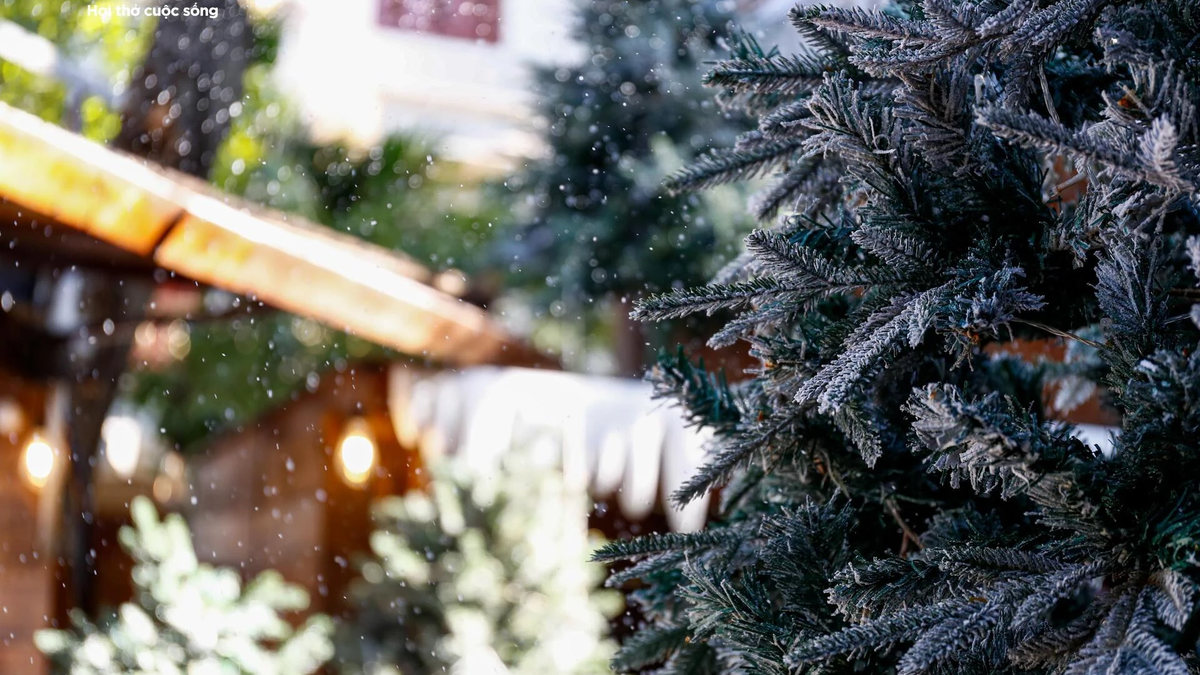




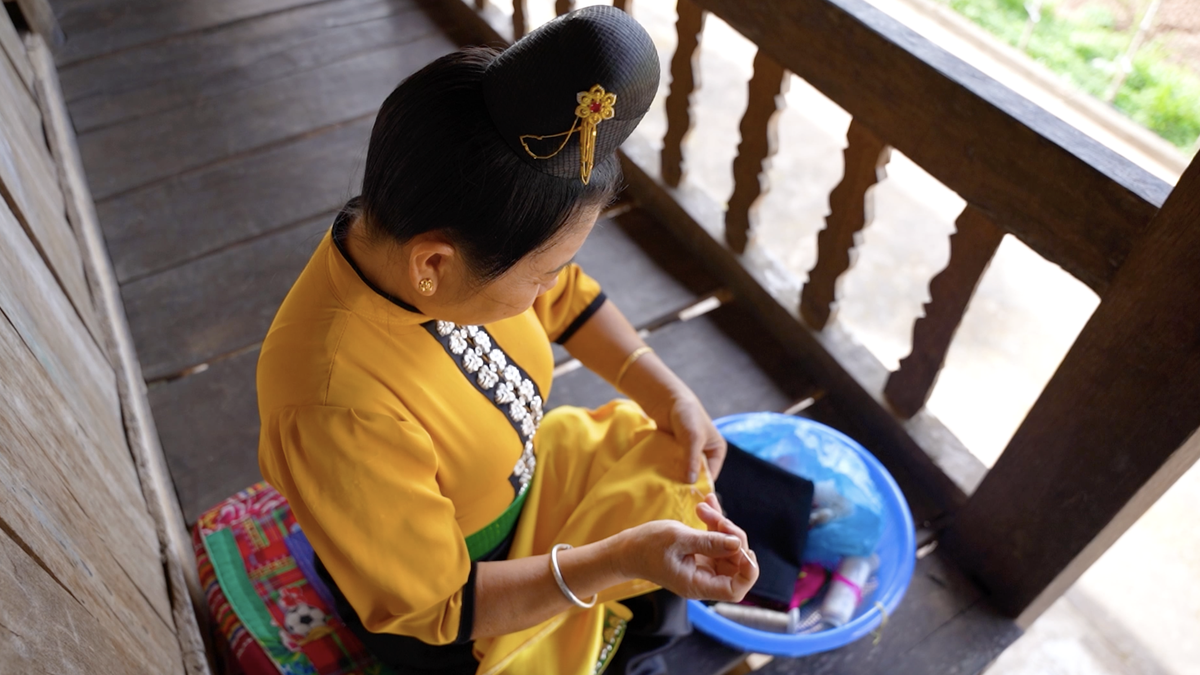


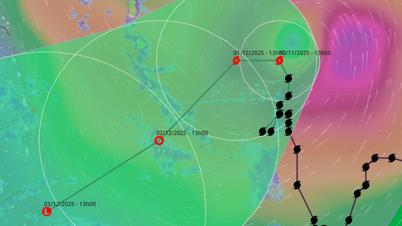




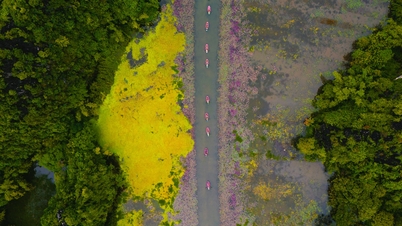


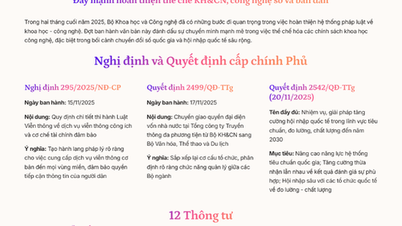






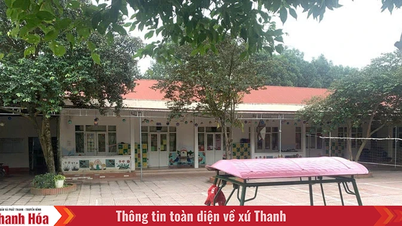

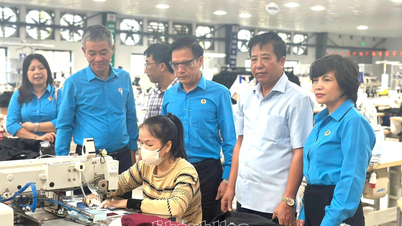

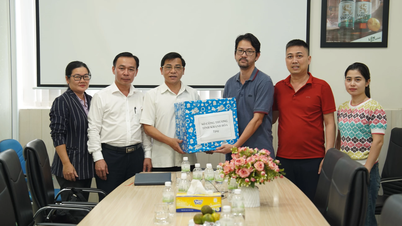
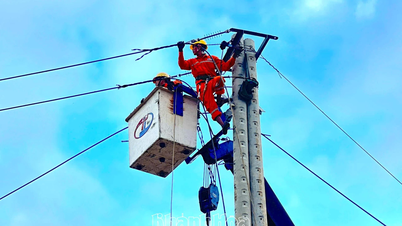






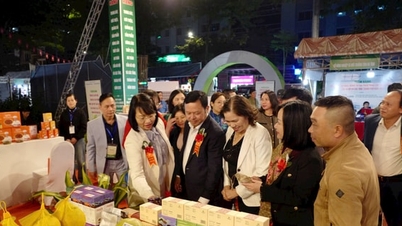
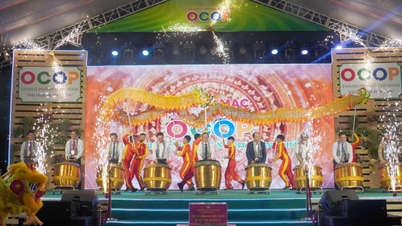





Comment (0)